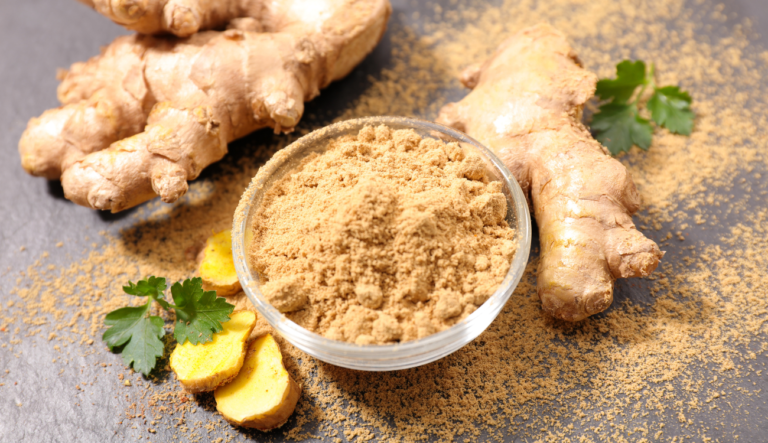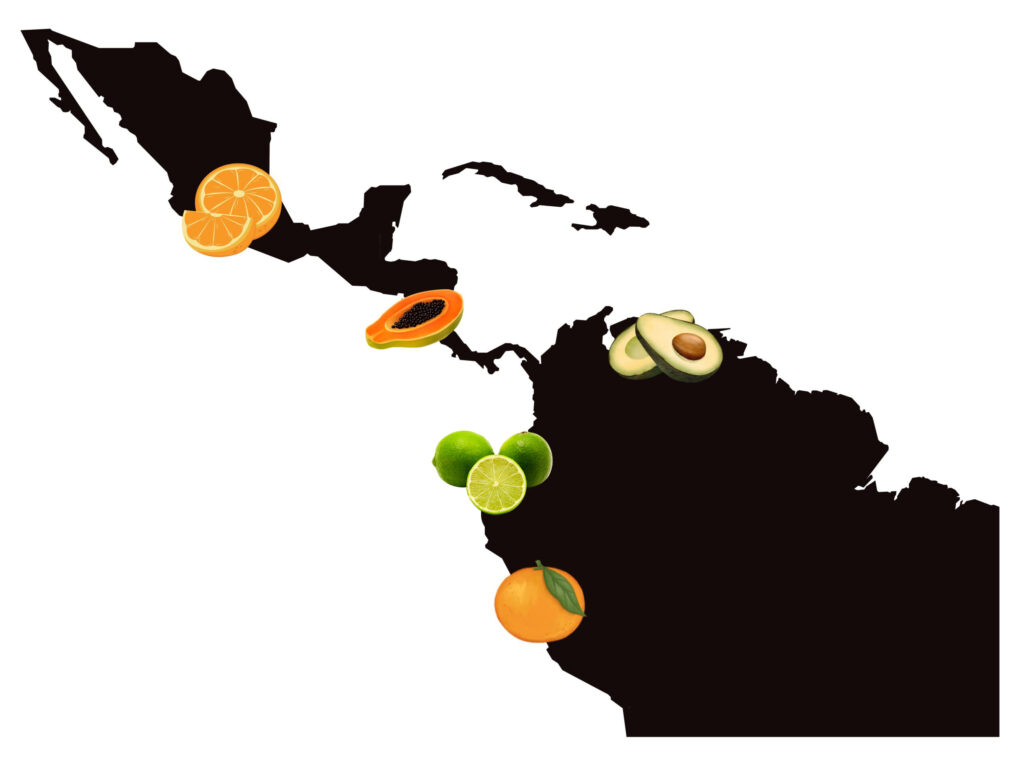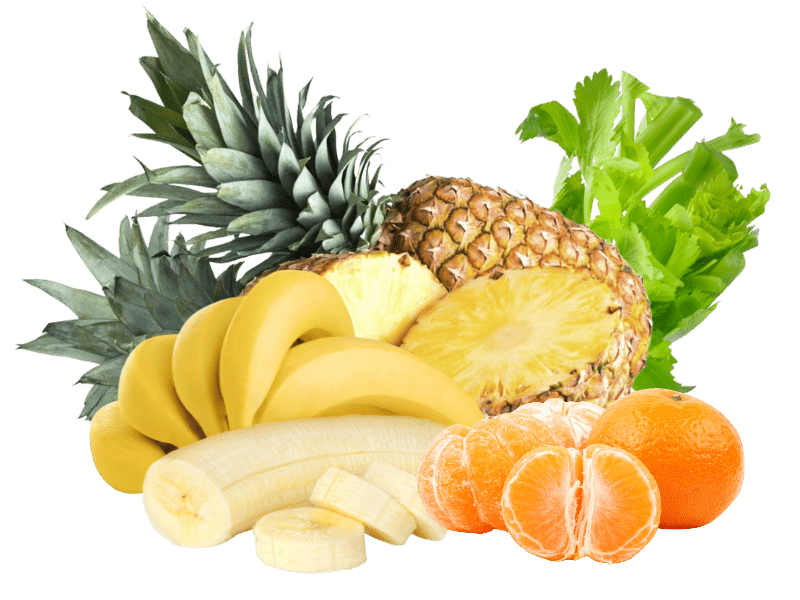Exporting fruits and vegetables to the lucrative US market holds immense potential for producers looking to expand their reach and increase profitability. However, navigating the complex process can be daunting without a clear understanding of the requirements, regulations, quality standards, logistics, and market opportunities. In this article, we will uncover the essential steps and considerations for producers to successfully export their produce to the US.
Understanding the Requirements and Regulations for Exporting Fruits and Vegetables to the US
When it comes to exporting fruits and vegetables to the US, producers must comply with specific regulations to ensure their products meet safety and quality standards. The US Department of Agriculture (USDA) and the Food and Drug Administration (FDA) have established stringent guidelines to safeguard consumers and prevent the entry of contaminated or inferior produce. These regulations cover aspects such as labeling, packaging, pesticide residues, and maximum residue limits (MRLs). Familiarizing yourself with these requirements and working closely with agricultural agencies can help streamline the export process and avoid costly penalties.
Ensuring Quality and Safety Standards: Best Practices for Producers
To succeed in the US market, producers must prioritize the delivery of high-quality and safe fruits and vegetables. Implementing best practices is crucial, starting from the cultivation stage. This includes employing Good Agricultural Practices (GAPs) to ensure proper soil management, water usage, pest control, and post-harvest handling techniques. Moreover, investing in advanced technologies, such as traceability systems and cold chain management, can help maintain the freshness, nutritive value, and safety of the produce throughout the supply chain.
Navigating the Logistics and Supply Chain: Key Considerations for Exporting to the US
Efficient logistics and a well-designed supply chain are essential for the successful export of fruits and vegetables to the US. Producers must consider factors such as transportation modes, shipping schedules, packaging requirements, and storage facilities. Collaborating with reliable logistics providers who have experience in handling perishable goods can minimize delays, reduce the risk of spoilage, and ensure timely delivery. Additionally, maintaining effective communication with distributors, importers, and retailers in the US will help streamline the entire process.
Taking Opportunities: Tips for Producers to Maximize Market Potential in the US
To maximize market potential in the US, producers should undertake extensive market research to identify consumer demands, preferences, and market trends. Understanding the specific needs of different regions within the US can enable producers to tailor their products and marketing strategies accordingly. Building solid partnerships with local distributors or importing companies can provide valuable market insights and help establish a strong market presence. Additionally, participating in trade shows, industry events, and promotional activities can create brand awareness and attract potential buyers, as well as open doors to new business opportunities.
Exporting fruits and vegetables to the US requires careful planning, adherence to regulations, and a commitment to quality and safety. Contact MARABELLA today for more information on how we can help you navigate the intricate process of exporting fruits and vegetables to the US.







